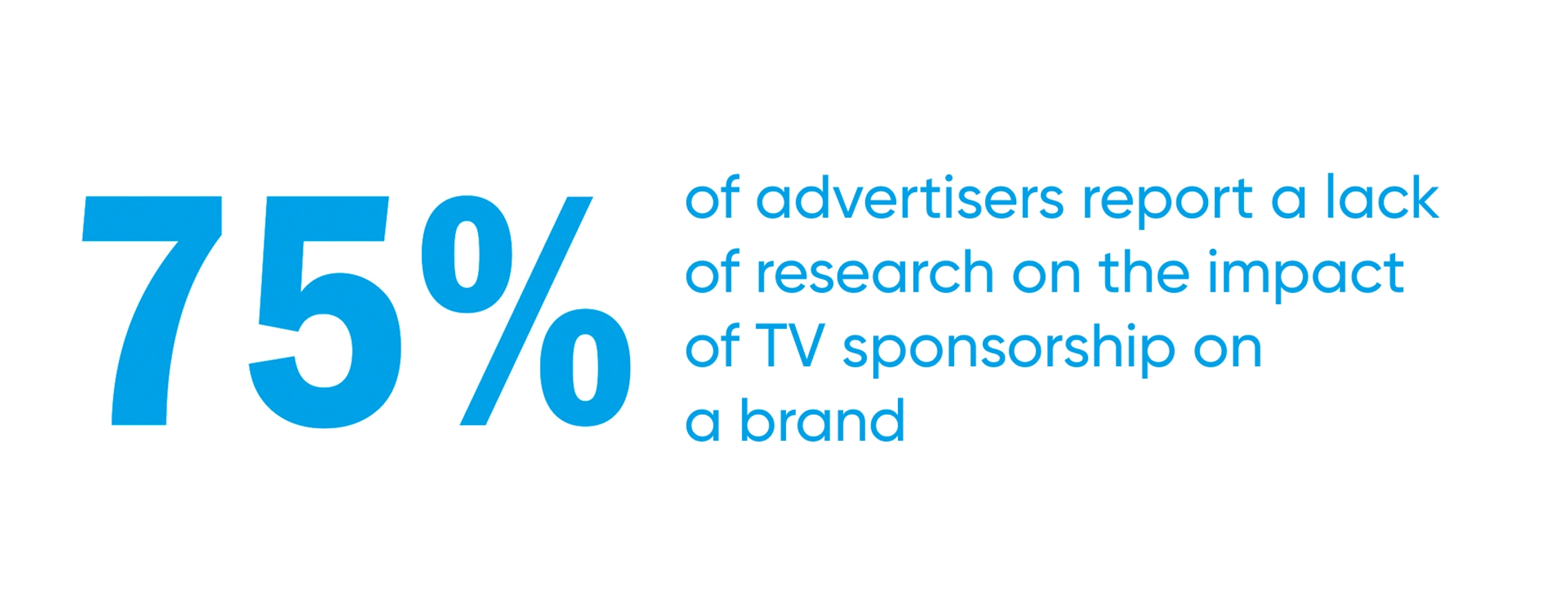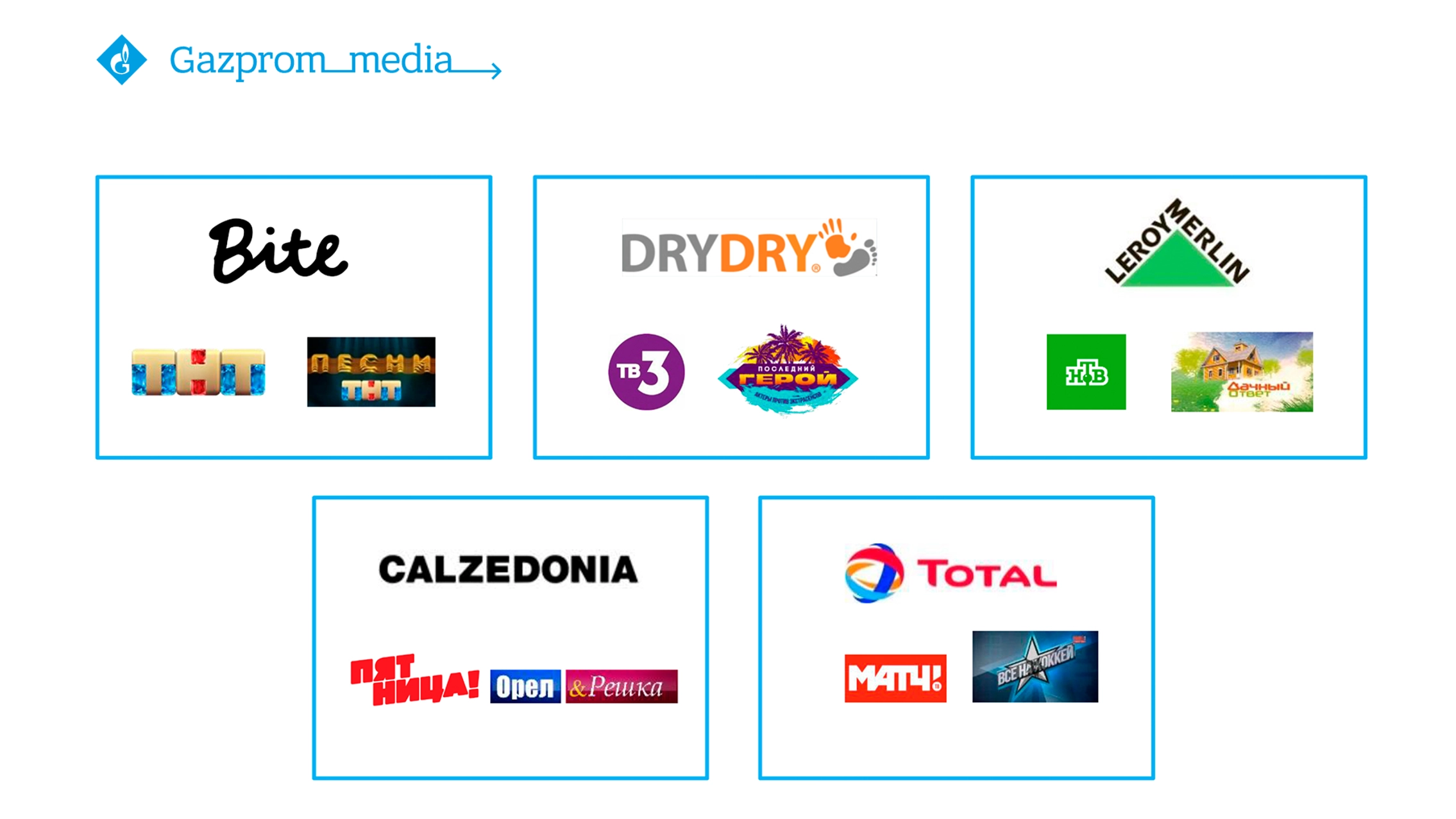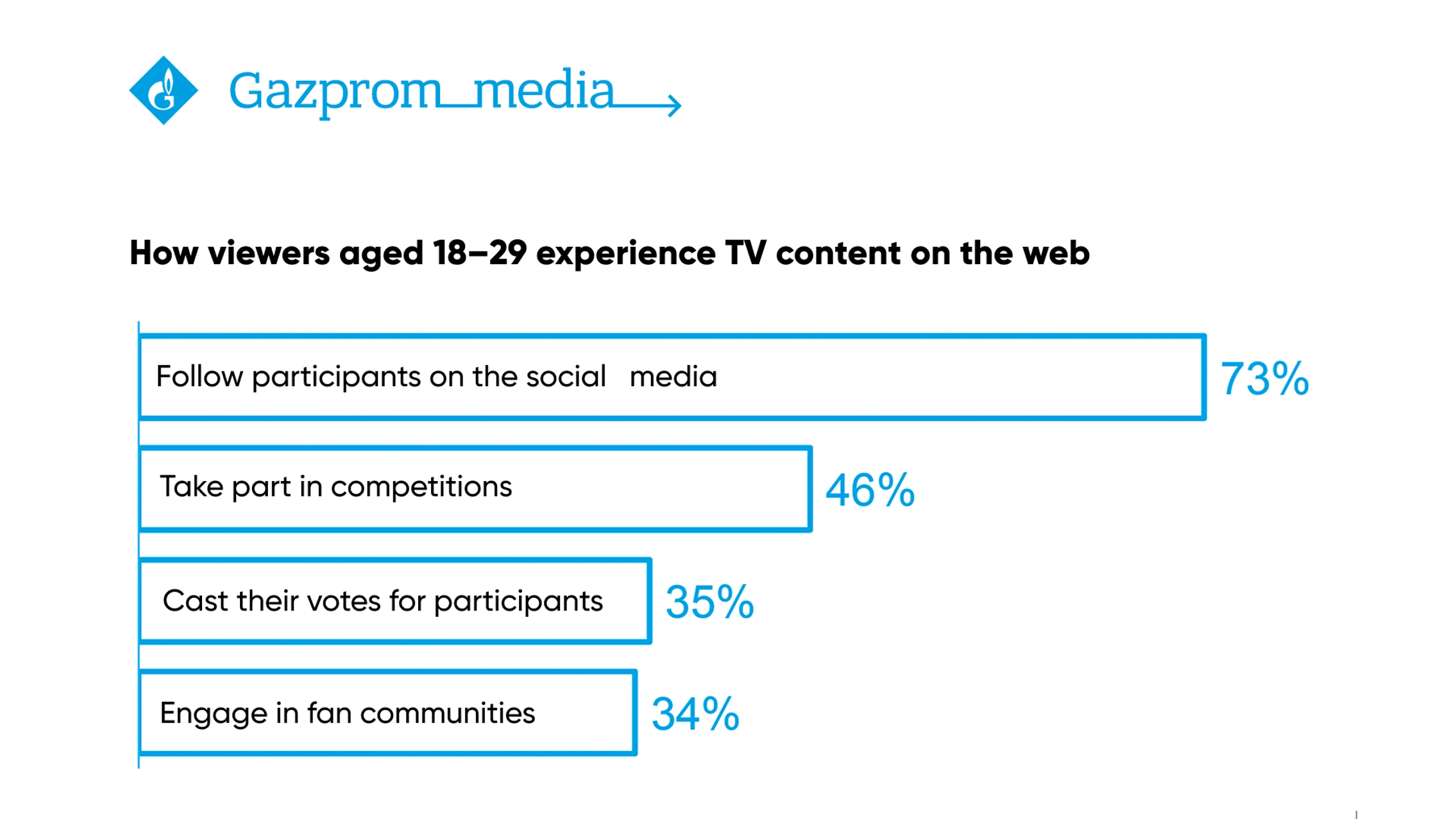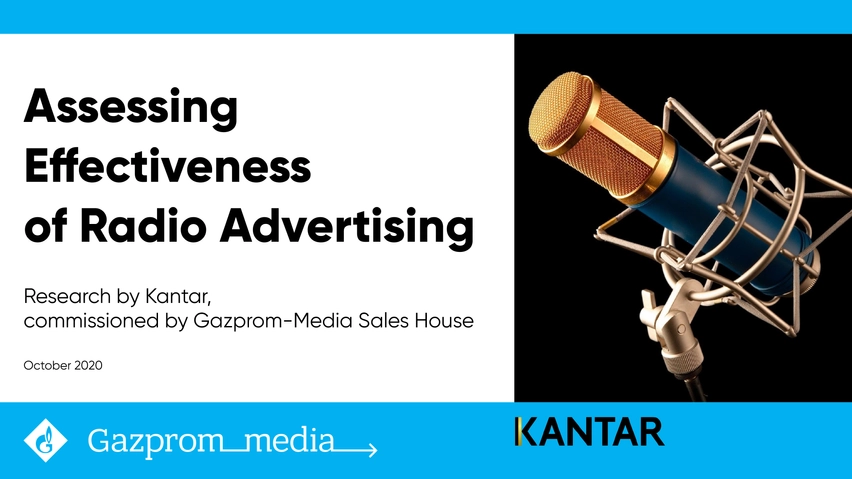
How TV sponsorship affects brands. Part 1
The research company Kantar has conducted a large-scale survey, commissioned by the Gazprom-Media Sales House, on the effectiveness of TV sponsorship. In this article, the Sales House describes how the survey was conducted and what TV viewers think about sponsorship.
Why there is not enough TV sponsorship research on the market
In 2018, at the initiative of the Gazprom-Media Sales House, Russian Association of Communication Agencies (RACA) conducted an industry survey of marketing directors of the 100 largest TV advertisers. We aimed to find out the market needs in television sponsorship and determine the next steps for industry development.
Following the survey, we made an important conclusion on the absence of research concerning the effectiveness of television sponsorship on the market.
Our objective is to have an open dialogue with the market. It is important for us to understand how advertisers perceive the effectiveness of brand-specific advertising tools. Our research is designed to respond to market needs. I am sure that in this way we are setting a new vector in the development of the industry.

One of the reasons for the lack of research on the market is the difficulty in assessing the effectiveness of sponsorship. As a result, 59% of advertisers forgo purchases of sponsored advertising campaigns.
Assessing the effect of sponsorship on sales is challenging due to the simultaneous launch of online and offline advertising activities by brands. Advertisers independently evaluate the impact of sponsorship campaigns on sales and brand metrics, but do not openly discuss their findings.
How to measure the impact of sponsorship on brand metrics and purchases
This year, the research company Kantar \[1] has conducted the first large-scale survey commissioned by the Gazprom-Media Sales House to evaluate the effectiveness of television sponsorship.
We were extremely interested in the challenges faced by our colleagues in evaluating the effectiveness of sponsorship, as this is a business task that is highly demanded by the market.
The research involved sponsorship testing based on the five brands featured on the TV channels of the Holding.

For each of the five brands tested, two groups of respondents were formed—a test and a control group. There were 200 participants in each group. The test group was shown 10-minute segments of TV programs with sponsor integration, while the control group watched fragments without sponsor content.
The research was carried out online and consisted of two stages:
- 1
The respondents watched videos that were designed to be as realistic as possible, featuring both sponsored and classic advertising. Following that, they answered questions about the videos they watched.
- 2
After a three-day pause, the respondents were asked questions related to brand metrics, and purchase stimulation from sponsorship was measured.
The impact of sponsorship on consumer behavior was evaluated using a virtual shelf where the brand was presented in a real competitive environment. To minimize the influence of extraneous factors, we did not display prices to the respondents and manipulated the layout of products on the shelf.
After the question block, the respondents were presented with a screen displaying a shelf with products of different brands, including the sponsor brand. They were then asked to make a choice.

Based on our experience of cooperation with the advertisers, we have formulated the main hypotheses of the research:
- 1
Sponsorship in the content has a positive impact on the qualitative brand properties (awareness, preference, and loyalty).
- 2
Successful integration creates an unconscious connection between the viewer and the brand.
- 3
The involvement of an opinion leader or a well-known public figure increases the audience’s trust in the brand.
- 4
Sponsorship is effective for both established brands and new brands.
- 5
Sponsorship influences purchase intent.
Moreover, it was important for us to uncover viewer preferences and track their engagement with the interactive techniques of sponsorship advertising campaigns.
The results we have obtained
TV content is viewed at all ages and on multiple platforms
The most popular platforms for viewers to watch TV content are TV sets and broadcasters’ websites. Television is the main TV content consumption resource for all age categories, including young people.

TV channel websites are the second most popular source of TV content consumption.

Interactive TV options engage the audience. Viewers participate in voting, follow their favorite characters on social media, and discuss content. The most active participants are young audiences.

The significance of interactivity is also confirmed by international studies. In particular, according to a study by The Science of Attention, the engagement of young audiences boosts sales.

TV viewers enjoy sponsorship, and take program hosts’ recommendations into consideration
Sponsorship is an incredibly engaging advertising format.
According to the respondents, sponsorship appears most natural when integrated into cooking, design and fashion shows, entertainment TV contests, reality shows, travel and sports programs, as well as broadcasts.

Respondents trust the opinions of celebrities and listen to their recommendations when choosing a brand.

[1] Kantar has extensive experience in brand and consumer behavior research. The company specializes in health-check studies of brands, advertising and consumer perception.
Do you want to advertise?
Send us a message right now, and our managers will get back to you right away!
What type of advertising are you after?






